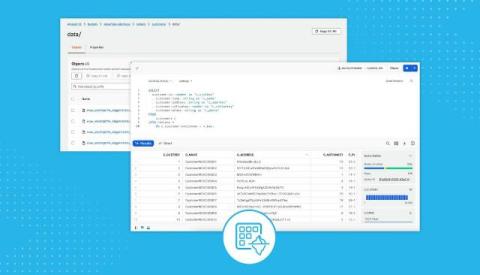Everything You Need to Know about API Adoption
Businesses must evolve and innovate to stay competitive in the ever-growing market. API adoption has witnessed an extraordinary surge across industries. Over 85% of enterprises are already using APIs or are in the process of doing so, a testament to how APIs are integral to defining business operations. APIs act as messengers, enabling different software applications to talk to each other and share data. Businesses can create a unified data architecture by integrating applications through API adoption.











